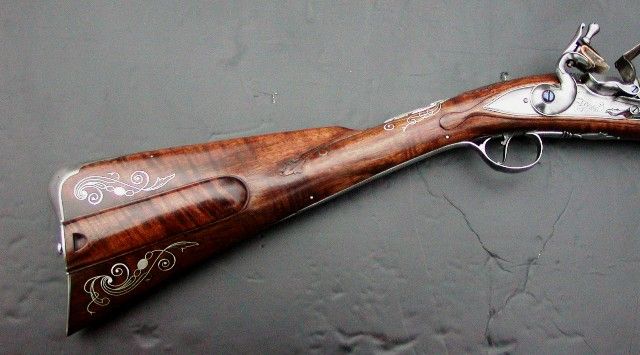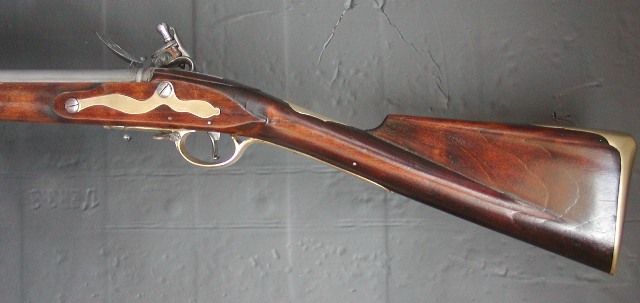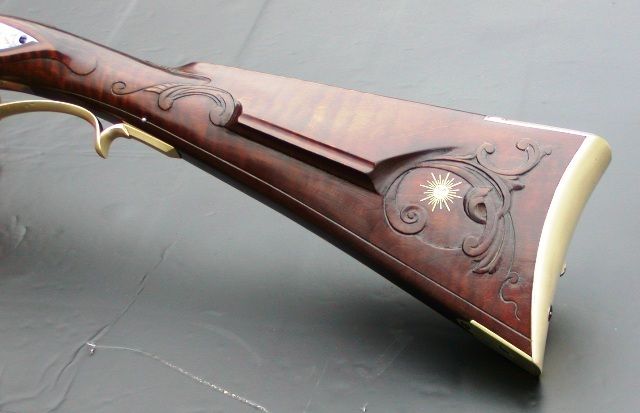srspicer
36 Cal.
- Joined
- May 9, 2008
- Messages
- 77
- Reaction score
- 9
Hello All,
I did a search so as not to be redundant, but could not find anything.
Anywho, I am finishing my first rifle, TOW maple stock, rough shaped, pre- inlet for barrel & R.rod.
I started replying in another thread about the best ways to stain & finish the stock. I don't want to high-jack that one as it was not topic specific.
I did order the aqua-fortis as recommended by the experienced members here, along with getting some ammonia to neutralize it. I also purchased boiled linseed oil to finish the stock, also as recommended.
I was nervous about the A-F as it was not what I expected, but as I added the B.L. oil, I started to see the awesome results.
My main question is, now that the oil is starting to leave a nice shine as it is building up, what kind of cloth should I use to 'polish' the surface once the oil is dry, or should I go over the surface with 0000 steel wool? I am on my fourth coat now and I'm loving the look! There are some areas where there is some lint from applying the oil and I want to remove that without removing the oil.
Thanks in advance for any help!! :hatsoff:
( picks soon )
Tripp
I did a search so as not to be redundant, but could not find anything.
Anywho, I am finishing my first rifle, TOW maple stock, rough shaped, pre- inlet for barrel & R.rod.
I started replying in another thread about the best ways to stain & finish the stock. I don't want to high-jack that one as it was not topic specific.
I did order the aqua-fortis as recommended by the experienced members here, along with getting some ammonia to neutralize it. I also purchased boiled linseed oil to finish the stock, also as recommended.
I was nervous about the A-F as it was not what I expected, but as I added the B.L. oil, I started to see the awesome results.
My main question is, now that the oil is starting to leave a nice shine as it is building up, what kind of cloth should I use to 'polish' the surface once the oil is dry, or should I go over the surface with 0000 steel wool? I am on my fourth coat now and I'm loving the look! There are some areas where there is some lint from applying the oil and I want to remove that without removing the oil.
Thanks in advance for any help!! :hatsoff:
( picks soon )
Tripp








